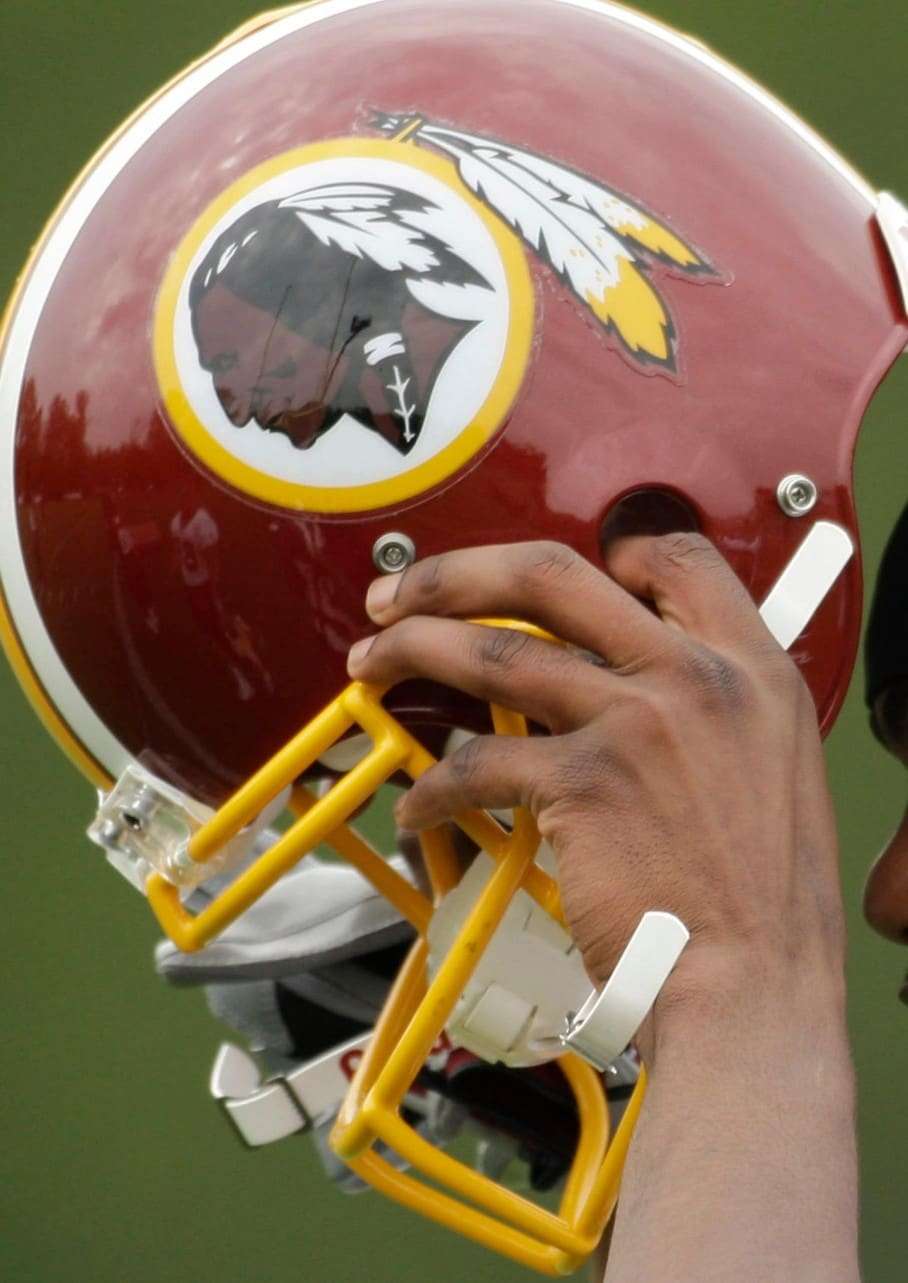The Volokh Conspiracy
Mostly law professors | Sometimes contrarian | Often libertarian | Always independent
Madison, Wis. school board bans student clothing with 'Native American team names, logos or mascots that depict negative stereotypes'

The board just enacted this rule, effective in the fall:
Students may not wear clothing with words, pictures or caricatures based on negative stereotypes of a specific gender, race, ethnicity, nationality, religion, sexual orientation or disability. Students may not wear shirts, hats or other attire with Native American team names, logos or mascots that depict negative stereotypes. A list of team names, logos and mascots prohibited under this provision is available at all schools and on the District website.
(The School Board tells me that "[t]he list of teams is in development in consultation with your school based and community based advisory groups.")
But government-run K-12 schools can't just restrict speech because they think it "depict[s] negative stereotypes." Speech that is likely to cause substantial disruption can be restricted, as can speech that contains vulgarities, or promotes drug use or other dangerous conduct that's illegal for minors. But speech that simply expresses views that some see as negative toward particular races, sexes, religions, sexual orientations, and so on cannot be restricted. As the Seventh Circuit (the federal appeals court that is in charge of federal cases from Wisconsin) held in Zamecnik v. Indian Prairie School Dist. #204,
[The precedents] do not establish a generalized "hurt feelings" defense to a high school's violation of the First Amendment rights of its students. "A particular form of harassment or intimidation can be regulated … only if … the speech at issue gives rise to a well-founded fear of disruption or interference with the rights of others." Sypniewski v. Warren Hills Regional Bd. of Education (3d Cir. 2002). The same court, in Saxe v. State College Area School District (3d Cir. 2001) [written by now-Justice Alito -EV], found "little basis for the District Court's sweeping assertion that 'harassment'—at least when it consists of speech targeted solely on the basis of its expressive content—'has never been considered to be protected activity under the First Amendment.' Such a categorical rule is without precedent in the decisions of the Supreme Court or this Court, and it belies the very real tension between anti-harassment laws and the Constitution's guarantee of freedom of speech."
And though schools "are entitled to exercise discretion in determining when student speech crosses the line between hurt feelings and substantial disruption of the educational mission," cases such as Zamecnik (which involved a student's "Be Happy, Not Gay" T-shirt and button) show that schools can't just assume that a broad range of speech—such as "team names, logos or mascots that depict negative stereotypes" of some identity group—will indeed be disruptive. A policy that's this broad violates the First Amendment; I hope that it's promptly challenged and enjoined.
Thanks to Tom Kamenick of the Wisconsin Institute for Law & Liberty for the pointer.
To get the Volokh Conspiracy Daily e-mail, please sign up here.


Show Comments (0)